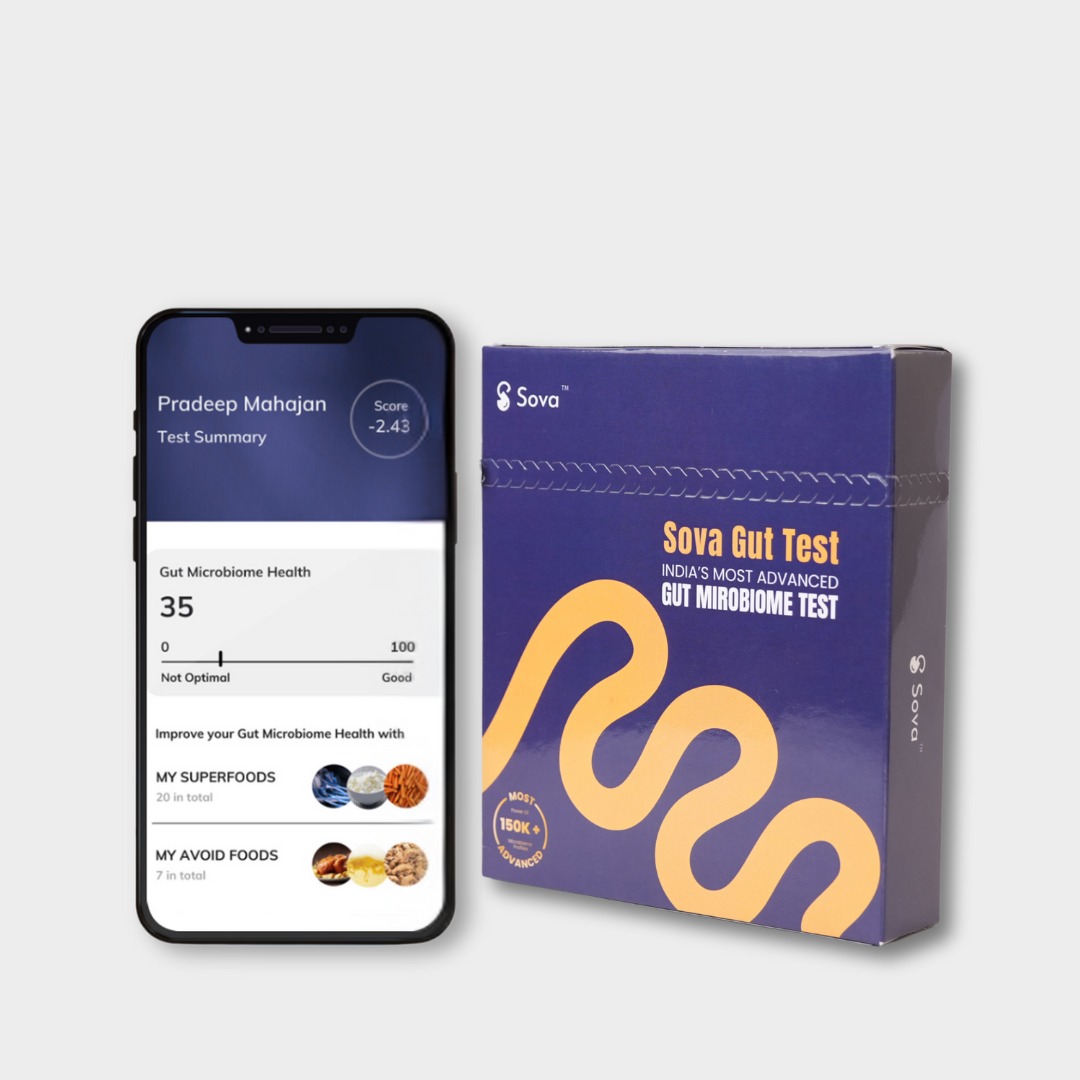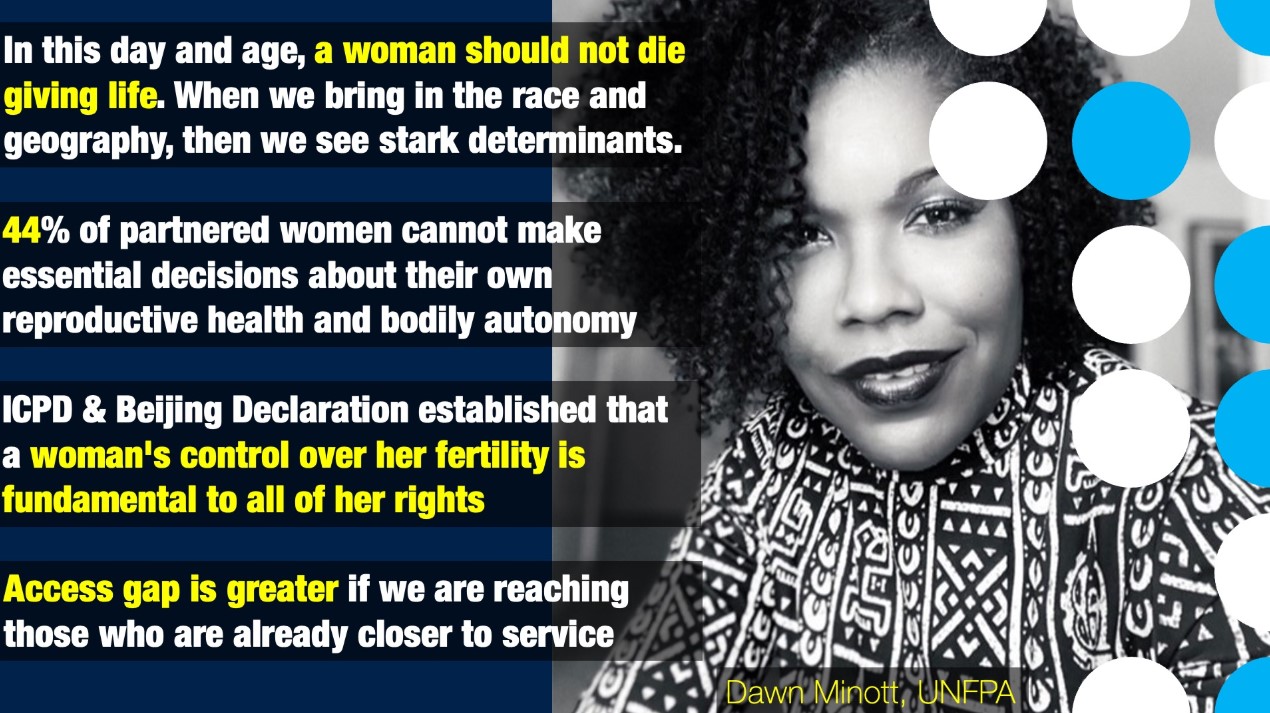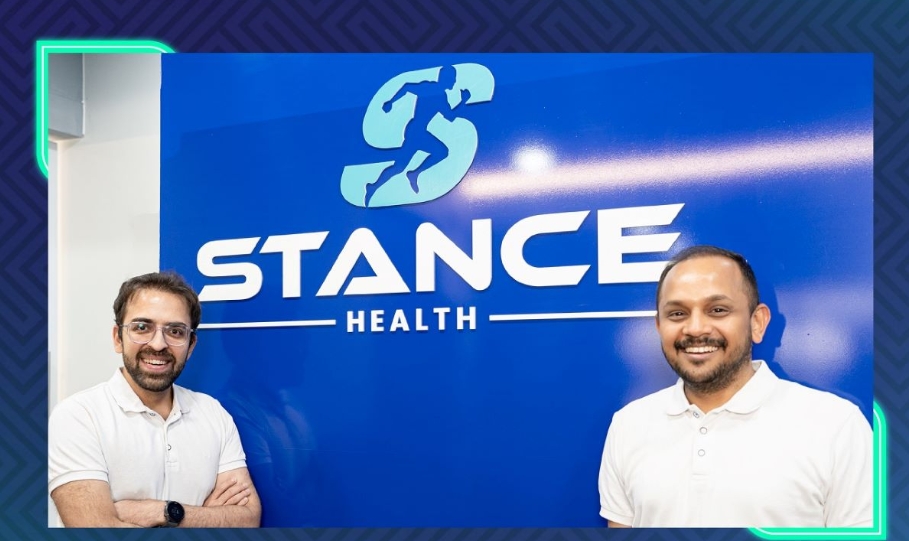From April 1, the cost of nearly 400 essential medicines in India will rise, affecting treatment for infections, diabetes, heart diseases, and other critical conditions. This yearly price revision is part of a government-mandated process to align drug costs with market trends. The National Pharmaceutical Pricing Authority (NPPA), responsible for regulating the prices of essential medicines, has approved a 1.74% price increase, citing the Wholesale Pricing Index (WPI) as the key determining factor.
The Indian government curates a National List of Essential Medicines (NLEM) to ensure that crucial drugs remain accessible and affordable. However, due to inflation and market fluctuations, the prices of these medicines are revised annually based on the WPI of the previous year. This year, the NPPA has calculated the increase at 1.74%, allowing pharmaceutical manufacturers to adjust their pricing accordingly without requiring prior approval.
While the adjustment is a standard practice, it has direct consequences for millions of patients who rely on these medicines for chronic illnesses. Essential drugs, by definition, cater to the most pressing healthcare needs of the population. The price increase, though seemingly small, can be a burden for many, especially those from lower-income groups who already struggle with healthcare costs.
The NLEM, first introduced in 1996 and revised multiple times (most recently in 2022), serves as a foundation for government drug policies. This list contains 384 medicines, carefully selected based on their efficacy, safety, and affordability. The inclusion of drugs in the NLEM ensures that they remain price-controlled and widely available across healthcare centers.
The government categorizes these medicines under three levels of healthcare facilities:
• Primary Care (P): Basic healthcare services, such as local clinics and dispensaries.
• Secondary Care (S): District and sub-district hospitals providing specialized treatment.
• Tertiary Care (T): Advanced hospitals offering highly specialized care and surgeries.
This system ensures that essential medicines reach patients at all levels of healthcare infrastructure. However, with the new price revisions, accessibility and affordability might become concerns for certain sections of society.
For patients dealing with chronic diseases like diabetes and cardiovascular conditions, even a minor price hike can result in increased monthly expenses. Many of these individuals require lifelong medication, meaning the cumulative cost over time can become significant.
Additionally, government hospitals and public healthcare facilities procure medicines based on the NLEM framework. A price hike could potentially strain public healthcare budgets, leading to shortages or increased financial pressure on government schemes that provide free or subsidized medications.
Apart from the medicines listed in the NLEM, there are thousands of other drugs available in the market. While the NPPA tightly regulates the prices of essential medicines, manufacturers of non-scheduled drugs have more flexibility. However, even these companies cannot increase prices beyond 10% of the previous year’s cost. This regulatory measure prevents excessive price hikes while still allowing the pharmaceutical industry to maintain profitability.
The NPPA plays a crucial role in keeping essential medicines affordable for the general public. It calculates a ceiling price for each medicine under NLEM by averaging the cost of all generic and branded versions with a market share of at least 1%. A small retailer margin is then added to this price to ensure fair trade practices.
This price control mechanism ensures that essential medicines are not left to unchecked market forces, which could otherwise make them unaffordable for large segments of the population. However, pharmaceutical companies often argue that strict price controls limit their ability to invest in research and development for newer, more effective treatments.
In its latest revision, the NLEM added 34 new medicines while removing 26 outdated or less effective drugs. One of the significant changes was the inclusion of Meropenem, a powerful broad-spectrum antibiotic, reflecting the growing challenge of antibiotic resistance in India.
These periodic updates ensure that the list remains relevant to the country’s healthcare needs. However, the constant reshuffling of medicines, coupled with price regulations, means that pharmaceutical companies must continuously adapt their strategies to maintain profitability.
If you rely on essential medicines that are about to become more expensive, here are some steps you can take:
1. Explore Generic Alternatives: Generic medicines have the same active ingredients as branded ones but are significantly cheaper. Ask your doctor or pharmacist for alternatives.
2. Bulk Purchase and Discount Offers: Some pharmacies offer discounts on bulk purchases. If possible, buying a three-month supply at once could help you save money.
3. Government Health Schemes: Check if you qualify for any government healthcare schemes that provide free or subsidized medicines.
4. Monitor Local Pharmacy Prices: Prices can vary slightly between different pharmacies, so comparing costs before purchasing can be beneficial.
5. Talk to Your Doctor: If the price increase affects your ability to buy essential medication, discuss alternatives or adjustments to your treatment plan with your doctor.
While controlling medicine prices is crucial for public health, it is also important to consider the sustainability of the pharmaceutical industry. Price regulations ensure that essential medicines remain accessible, but they also impact the profitability of drug manufacturers. Striking a balance between affordability and industry growth is key to ensuring that both patients and pharmaceutical companies thrive.
The annual price hike of essential medicines, though a routine process, brings to light the challenges of healthcare affordability in India. As the government continues to revise and regulate drug prices, patients must stay informed about their options to ensure continued access to essential treatment.
The 1.74% price hike may not seem drastic, but for millions of Indians dependent on essential medicines, even a small increase matters. While regulations aim to balance market stability and patient affordability, it is up to policymakers, healthcare providers, and the public to navigate these changes wisely.
Staying informed, exploring cost-saving strategies, and advocating for fair pricing policies can help ensure that no one is deprived of essential medical care due to rising costs. As the pharmaceutical landscape evolves, the focus must remain on ensuring that life-saving medicines are within everyone’s reach.

 As the pharmaceutical landscape evolves, the focus must remain on ensuring that life-saving medicines are within everyone’s reach.
As the pharmaceutical landscape evolves, the focus must remain on ensuring that life-saving medicines are within everyone’s reach.










.jpeg)

.jpeg)






.jpeg)










.jpg)